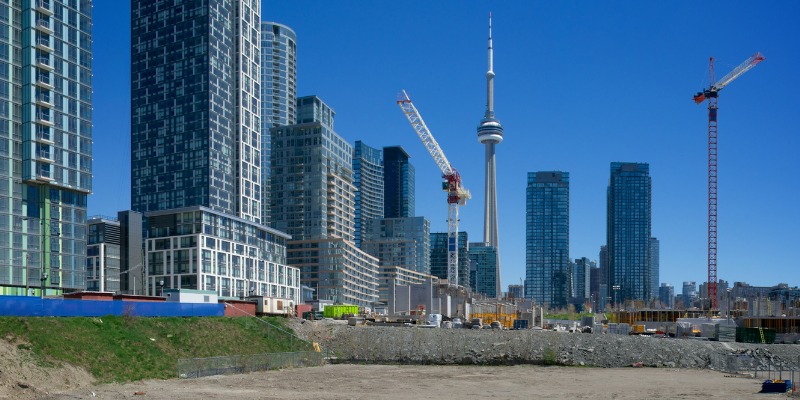‘Inclusionary zoning’ will reinforce Toronto’s exclusionary zoning policies

Despite the pandemic, housing affordability remains a key concern in Toronto. And now, thanks to a recent vote, Toronto City Council plans to force new condo buyers to subsidize their neighbours. While some might view this as an acceptable compromise, it’s more likely to kill rather than create the construction of much-needed housing.
The plan has a name—inclusionary zoning—and a simple premise. Rather than force citywide taxpayers to pay for subsidized housing for low-income residents, the new policy requires new condo buildings (of certain heights and specifications in certain parts of the city) to provide a certain number of below-market-rate housing units for low-income residents. This means that, in effect, residents in unsubsidized units in those specific buildings pay more so residents in subsidized units pay less.
Ironically, “inclusionary zoning” bumps up against Toronto’s “exclusionary” approach to zoning. Indeed, the city’s rigid zoning policies heavily restrict what type of housing can be built and where. One can’t simply tear down a few detached houses and build a midrise apartment. Most of the city is zoned only for detached houses. This restricts upwards development, restricting the number of housing units that can be built within the city. Meanwhile, provincial government policies constrain development outside the city. Consequently, there’s precious little developable land laying empty within the confines of the Greenbelt, and very little of it is zoned for multi-family units. This means that absent reforms to provincial or municipal land-use policies, so-called inclusionary zoning will simply convert what would be market-rate units into subsidized units.
While forcing some people to pay more for new condos will allow a small number of people to pay less for their housing, the policy does nothing to address the overall lack of new housing supply. And indeed, it could get worse. Consider that the added costs from these subsidies could become so burdensome that fewer units are built in the future, which would further dampen the housing supply and likely accelerate the region’s affordability woes.
Some call this fearmongering. Enter Mayor Denzil Minnan-Wong, deputy mayor for the City of Toronto, who’s known for opposing housing that might alter the suburban character of certain parts of his ward. Before voting in favour of the new policy, he mused that inclusionary zoning could help prevent “out of control development” in his ward.
It’s possible that housing demand in the GTA is so strong, and city council will be so flexible in approving buildings with inclusionary zoning units, that the policy won’t lead to fewer units being built. But it certainly won’t add more housing to an area rapidly becoming too expensive for many people in the province and many more who would like to move here.
It should be clear to everyone—it’s far more important to build more housing units than to force one group of new buyers to subsidize another group.

